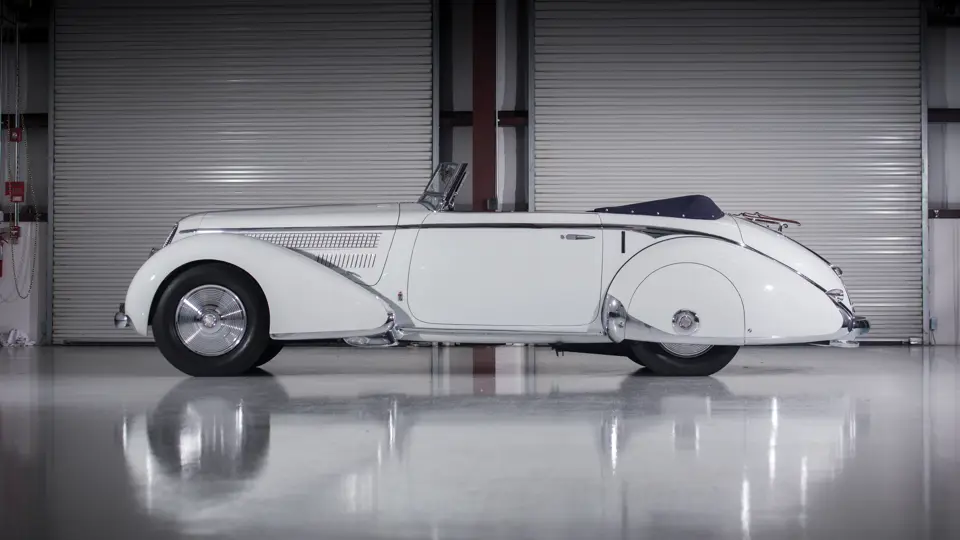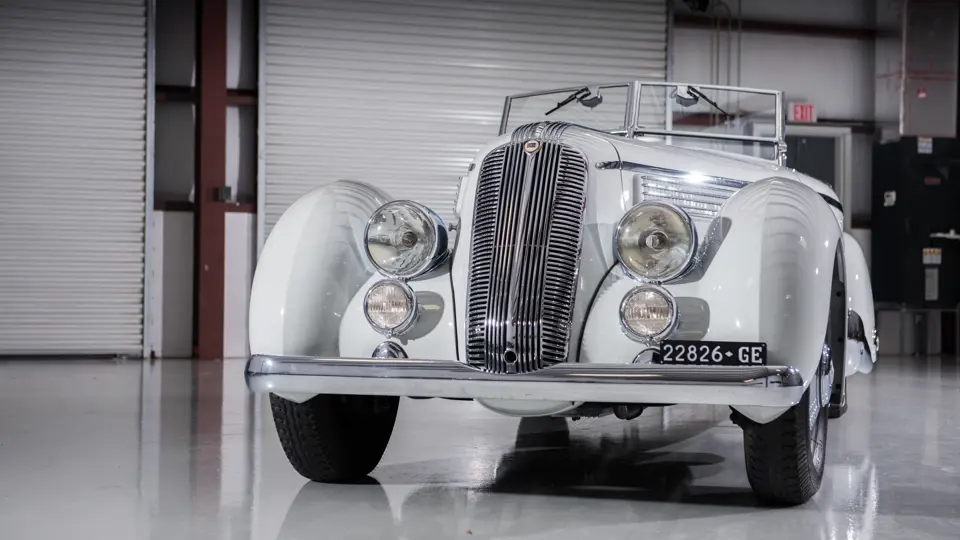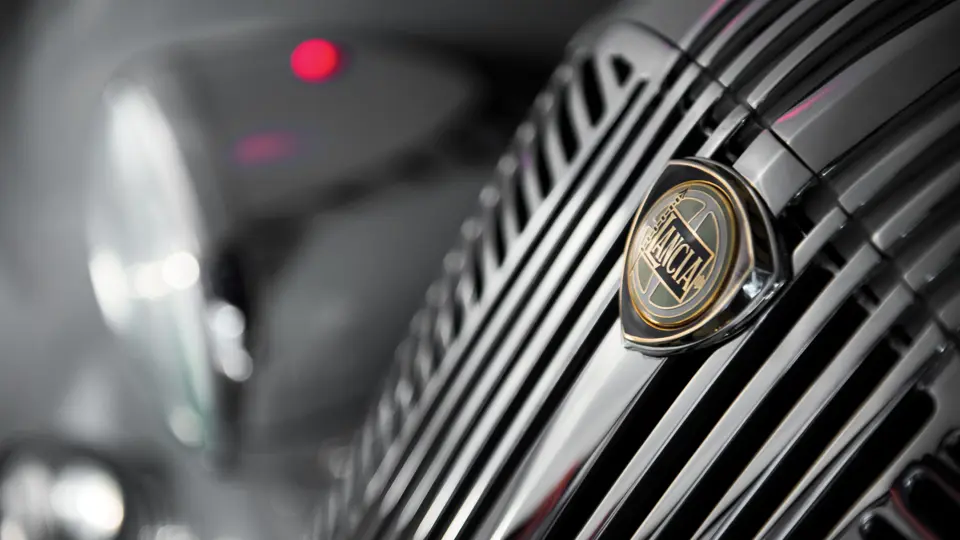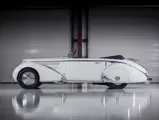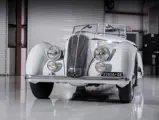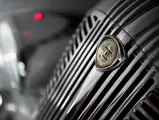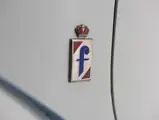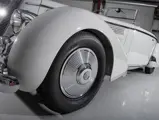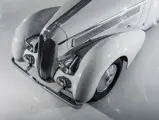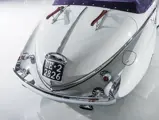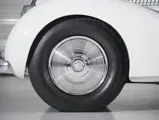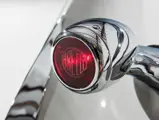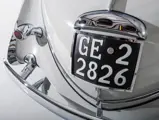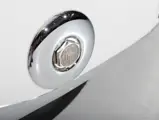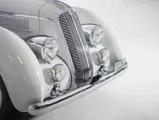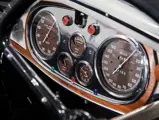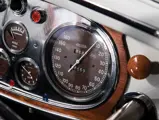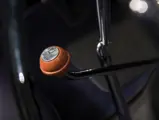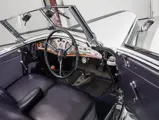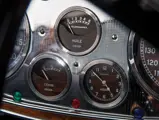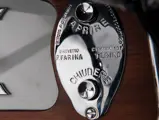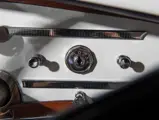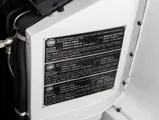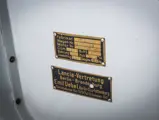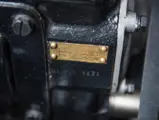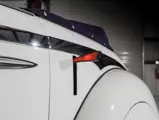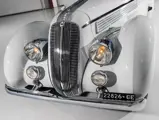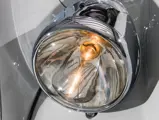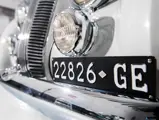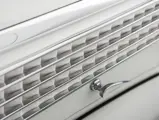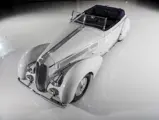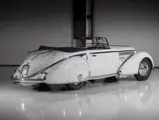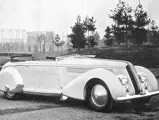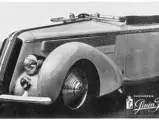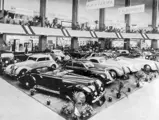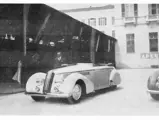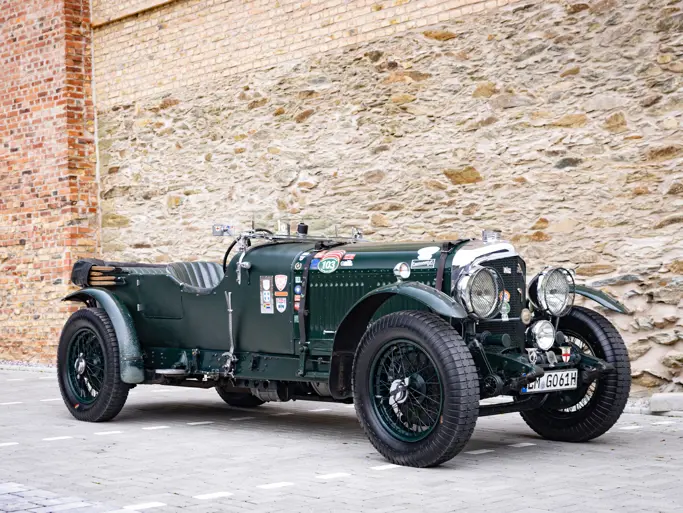
1936 Lancia Astura Cabriolet Series III "Tipo Bocca" by Pinin Farina
{{lr.item.text}}
$2,145,000 USD | Sold
A Gentleman's Collection: The Pride & Passion of Orin Smith
{{bidding.lot.reserveStatusFormatted}}
- Pinin Farina’s 1936 Milano Motor Show car; winner of the R.A.C.I. President’s Cup
- Displayed at the inaugural Concorso d’Eleganza, San Remo, May 1937
- Believed to be the first of three or fewer PF cabriolets built on the short-wheelbase Corto chassis
- Unique coachwork designed by Mario Revelli di Beaumont for Pinin Farina
- Immaculate concours restoration
82 bhp, 2,972 cc narrow-angle V-8 engine with Zenith 30 DVI twin-choke carburetor, four-speed manual transmission, front suspension with self-lubricating sliding pillars, live rear axle with semi-elliptical leaf springs, and four-wheel servo-assisted drum brakes. Wheelbase: 122 in.
TORRE ASTURA
The Astura is the pinnacle of pre-war Lancias, placing it at the summit of pre-war Italian automotive engineering and design. Its combination of luxury and engineering refinement made it an ideal platform for coachbuilders, particularly in its more sporting Corto, or short-wheelbase version.
Introduced in November 1931 as a replacement for Lancia’s flagship Dilambda, the new model represented a generational shift. Where the older model featured a 3,960-cubic centimeter engine moving 2,010 kilograms, the new car would retain the same length but would be lighter and more efficient – its new, reduced displacement engine nonetheless giving it a better power-to-weight ratio than the earlier car. Reflecting a new Italian nationalism, Lancia broke their precedent of assigning their cars the letters of the Greek alphabet and instead named the new model Astura, after an ancient island castle south of Rome.
Although Lancia had pioneered monocoque construction in their 1922 Lambda, the Astura was destined for carrozzerie and was given a cross-braced box-section platform to allow wider design latitude. The model was initially offered in a single 125-inch wheelbase as the Tipo 230, but for the 3rd Series, two versions were offered. Nine hundred and eight were built as Lungo, with a wheelbase of 131 inches as the Tipo 233L, while 328 were constructed to Corto specification on a wheelbase of 122 inches as Tipo 233C. Notwithstanding its more conventional construction, like its predecessors the chassis had excellent torsional stiffness, which contributed to its feeling of solidity and refinement. The front suspension retained Lancia’s sliding-pillar independent suspension, while the live rear axle was controlled by friction dampers that could be adjusted to suit with dashboard-mounted controls. A Bijur central lubrication system was provided. The 3rd Series also received a Dewandre brake servo and a 78-liter fuel tank. An option for late cars was a hydraulic braking system, built by Marelli under license from Lockheed.
As with the Dilambda that preceded it, the Astura was given a narrow-angle V-8 engine. Initially at 19-degrees with a displacement of 2,604 cubic centimeters and producing 73 brake horsepower at 4,000 rpm, by the introduction of the 3rd Series in 1933, it had grown to 2,972 cubic centimeters at an angle of 17-degrees 30-minutes, in which form it produced 82 brake horsepower at 4,000 rpm. The narrow-angle architecture made for a compact unit – narrower than a conventional V-8 and shorter than an inline – with a single cylinder head. The head itself was unusual in having a cast iron lower section and an aluminum upper section. In between is the camshaft driven by a triplex chain with tensioner. The engine also featured an Autokleen oil filter, a unit that rotated a cleaning cylinder every time the engine was started. Although the engine was inherently quite smooth, it was set into the chassis on four rubber isolators.
Fitted with a factory berlina body, the 3rd Series Astura weighed 1,500 kilograms, while the bare coachbuilders’ platform came in at 960 kilograms. To ensure that the car delivered the performance its well-heeled buyers expected, Lancia recommended that coachbuilders limit bodywork weight to no more than 460 kilograms.
Although not primarily a competition car, the 3rd Series Asturas did achieve some success in that realm. In 1934, a Castagna-bodied Astura was driven to 10th place in the Mille Miglia by Mario Nardilli and Carlo Pintacuda. Later that year the same pair won the Giro d’Italia, a six-day, 3,534-mile circuit around Italy, finishing the grueling event in 65 hours, 57 minutes, and 6 seconds at an average of 53.58 mph – a testament to the reliability and roadhandling of the model. Further reinforcing the car’s capability, another Astura driven by Giuseppe Farina and E. Oneto finished third.
CHASSIS NUMBER 33-5313: LA BELLA MACHINA
The present car, Tipo 233C chassis number 33-5313, is one of 328 Corto versions produced on the short-wheelbase 122-inch platform. Fitted with engine number 91-1171, it was delivered as a bare chassis to Pinin Farina in the summer of 1936 and clothed in a body designed by Mario Revelli di Beaumont, who took full advantage of the narrow-angle V-8 to create a rakish yet restrained cabriolet design, dubbed the Tipo Bocca. It was commissioned a Lancia dealer in Biella who ultimately ordered a total of six Bocca cabriolets in both corto and lungo chassis.
The aerodynamic profile features a sloping, rounded grille, whose horizontal bars are interrupted by a dramatic “waterfall” of chrome strakes running from the slim, elegant bumper to the base of a vee’d windshield. The peaked front fenders are separated from the body by rounded fairings that feature individually integrated headlights and driving lights, while the rear fender spats also contribute to the clean, smooth lines. The open car’s streamlined horizontal emphasis is reinforced by a chrome strake running the entire length of the body as well as horizontal engine compartment vents, features that are accentuated when the halves of the split windshield are folded flat. Gently curving body sides feature an early use of curved side windows. Highlighting the car’s restrained elegance was its subtle, pale grey paint with blue upholstery and power-actuated convertible top, the latter a great novelty for 1936.
The newly completed cabriolet was displayed on the Pinin Farina stand at the 1936 Salone del l’Automobile, Milano, where it received the President’s Cup from the Registro Ancetre Club Italia. Following the show, chassis number 33-5313 was acquired by Ghiara & C., Lancia’s main agent in Genoa. Ghiara sold the car to Cav. Piero Sanguineti, a local industrialist, for about 75,000 Lire (the equivalent of about $4,200 at the time). In May 1937, Sanguineti showed the car in the inaugural Concorso d’Eleganza per Automobili, San Remo, where it received a class award.
The car was subsequently purchased by Emil Uebel, Lancia’s German distributor, who apparently kept it in his main facility in Berlin-Charlottenburg. Wartime records no longer exist, offering no explanation of whether Uebel sold the car or retained it for himself, or how and where the car survived the conflict. But survive, it certainly did, and in early 1947 it was acquired by American collector Barney Pollard, as part of a package deal with two steam locomotives. Pollard shipped number 33-5313 to the United States and kept the car until 1980, when it was sold to Armand Giglio, former President of the American Lancia Club. Giglio held the car a further two decades, selling it in 2004 to an owner in Connecticut. Other than an older repaint, the car was in largely original condition, but with some deterioration of the body’s wood framing. The new owner undertook restoration of the wood framing, as well as some body preparation work.
In this state the car was sold in late 2011 to Orin Smith, who commissioned Vantage Motorworks of Miami to complete the restoration to international concours standards. The finished car easily achieved Best in Class at the Classic Sports Sunday at Mar-a-Lago, and People’s Choice here at Amelia Island, both in 2013. The Lancia subsequently journeyed back to Italy, where it was judged Most Sympathetic Restoration at the 2014 Concorso d’Eleganza Villa d’Este, in the company of a thrilled Mr. and Mrs. Smith.
More recently the car was exhibited at the Petersen Automotive Museum in Los Angeles, as part of their “Rolling Sculpture” exhibit of advanced streamlined design. Notably, a sister car to this lovely Astura, in long-wheelbase form was awarded Best of Show at the 2016 Pebble Beach Concours d’Elegance, cementing its importance to design and elegance for the era.
This Lancia Astura ‘Corto’ cabriolet perfectly epitomizes Pinin Farina’s design of the pre-war period – restrained elegance with simple but precise details. As such, it represents an opportunity to acquire one of the most important and beautiful examples of Italian engineering and coachbuilding – a show car par excellence, now as then.




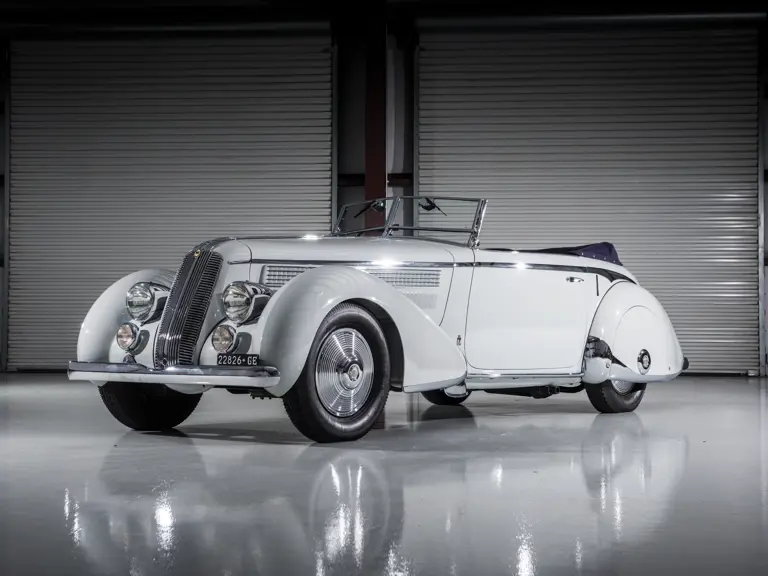

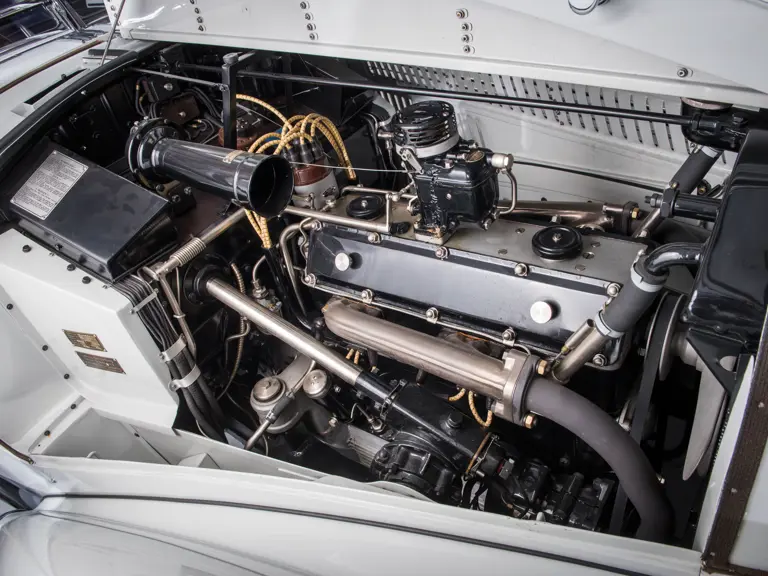
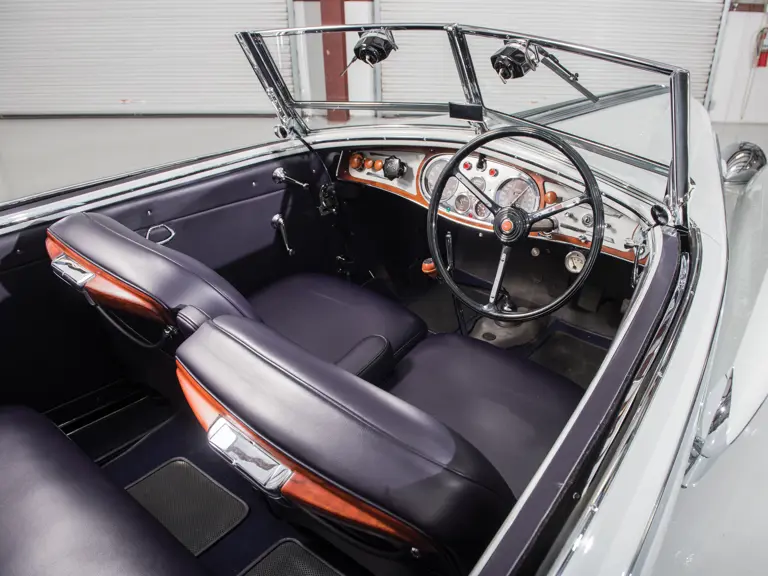
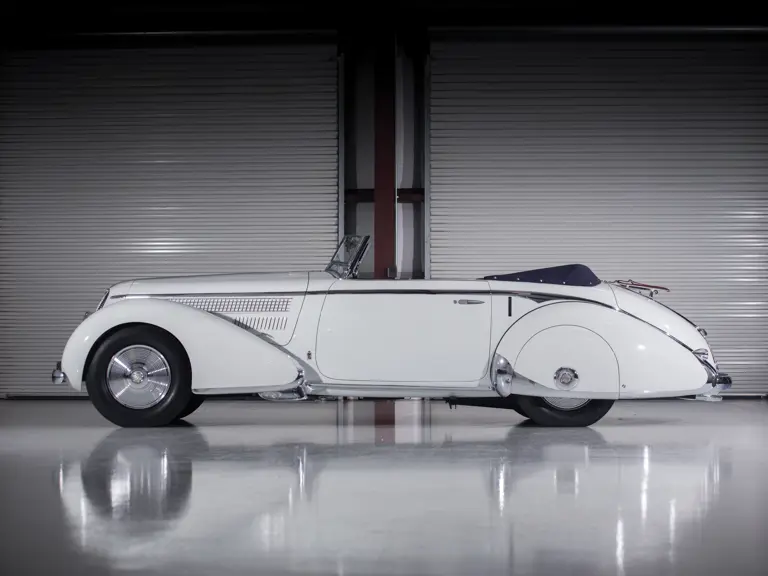
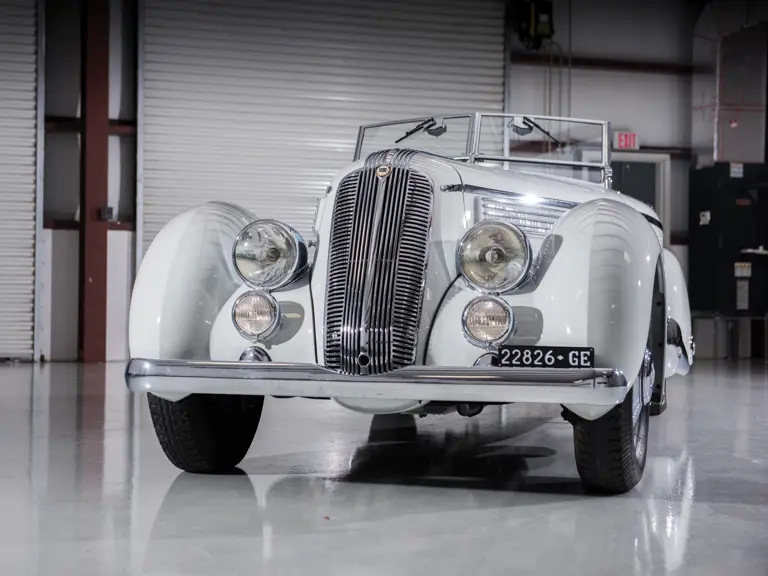
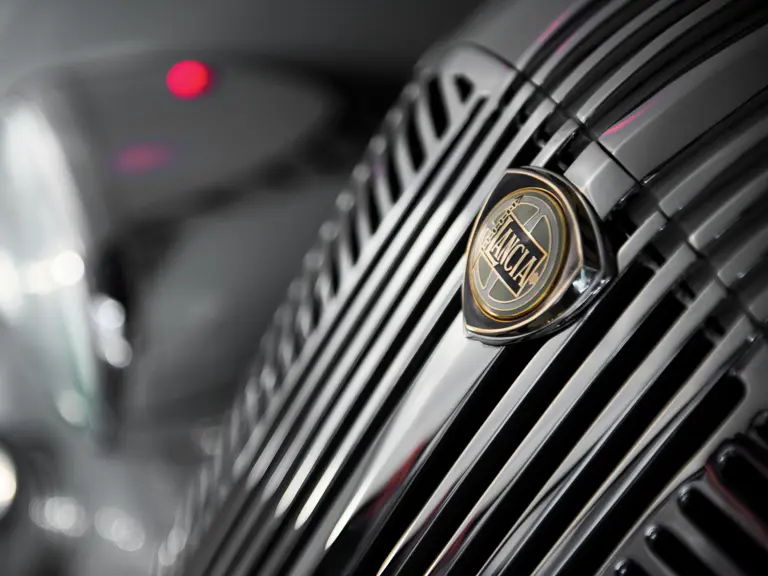
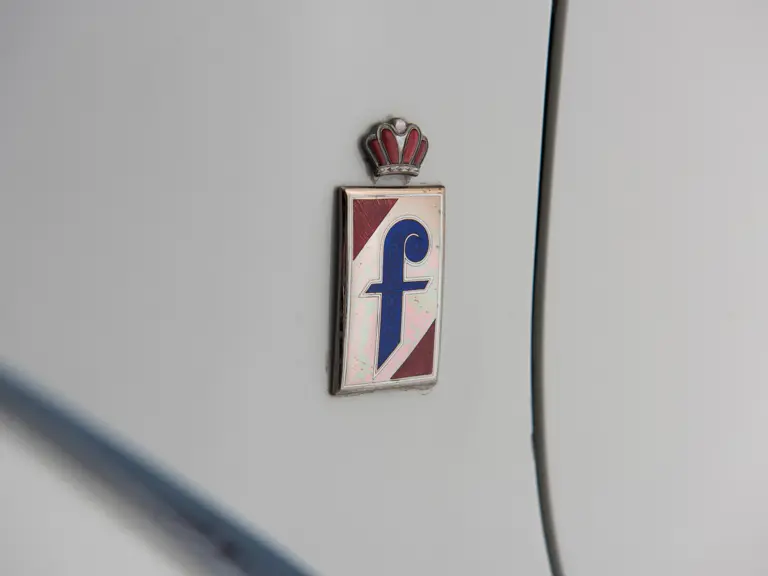



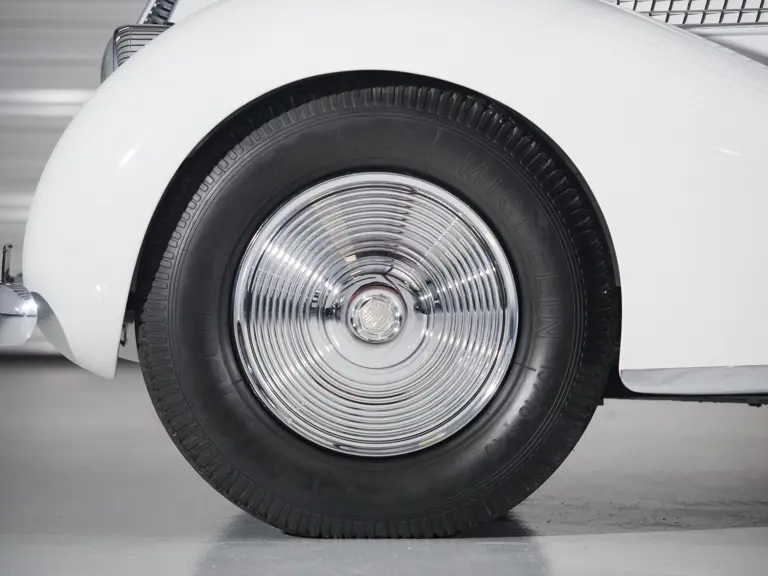

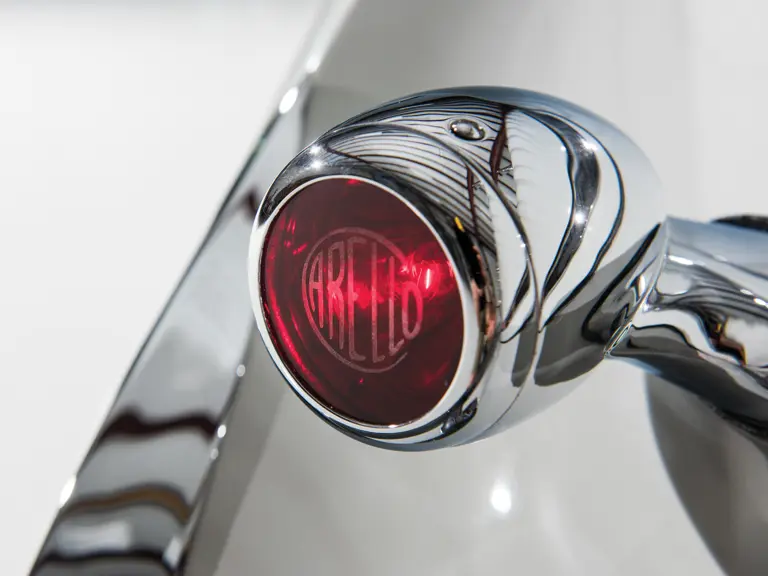
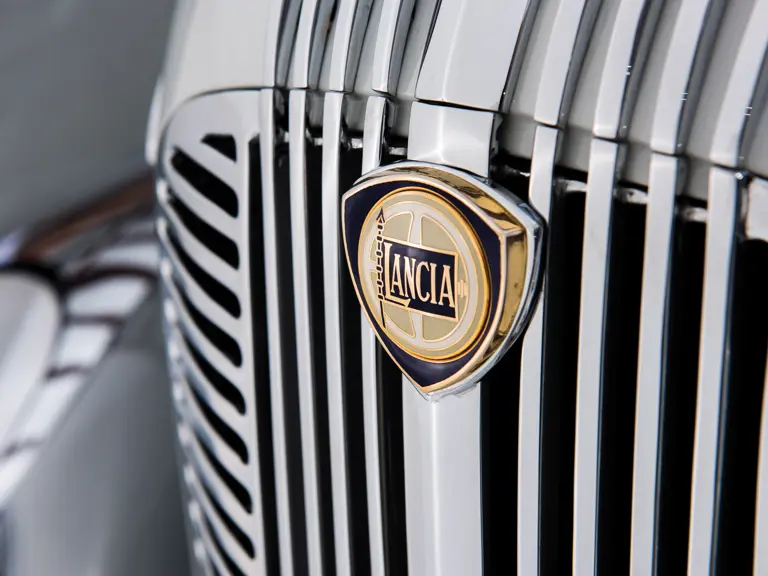
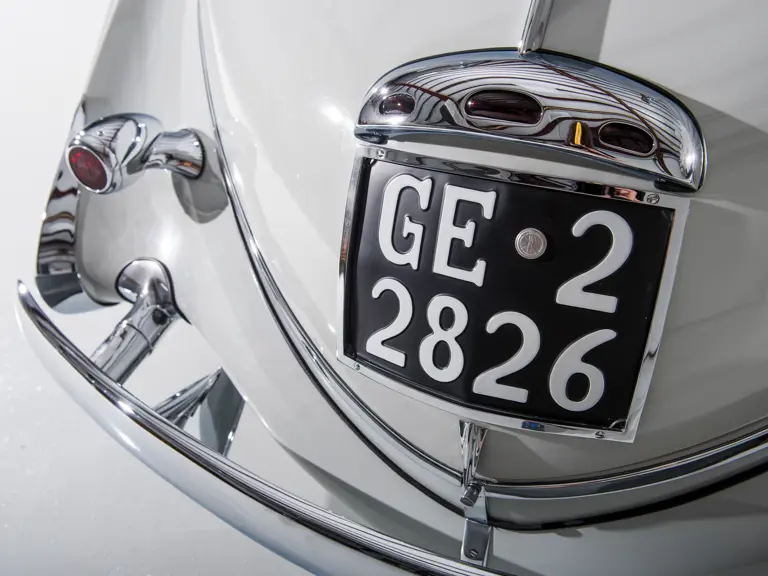
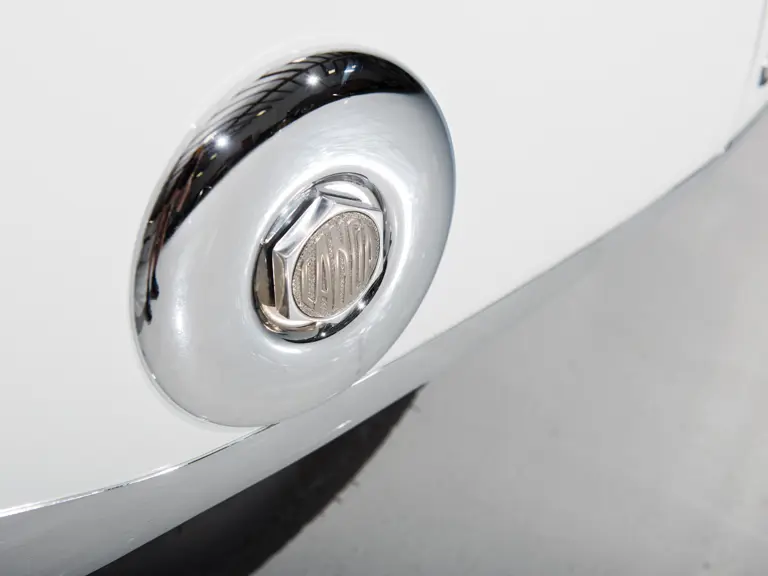
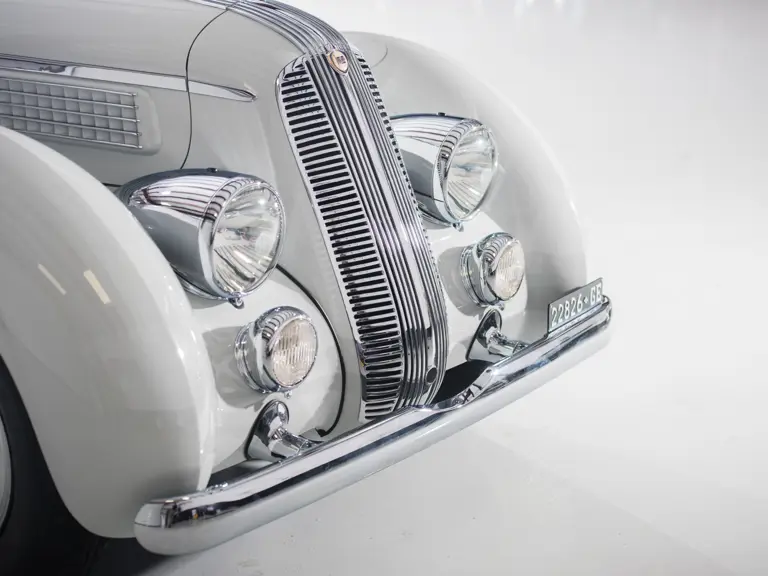
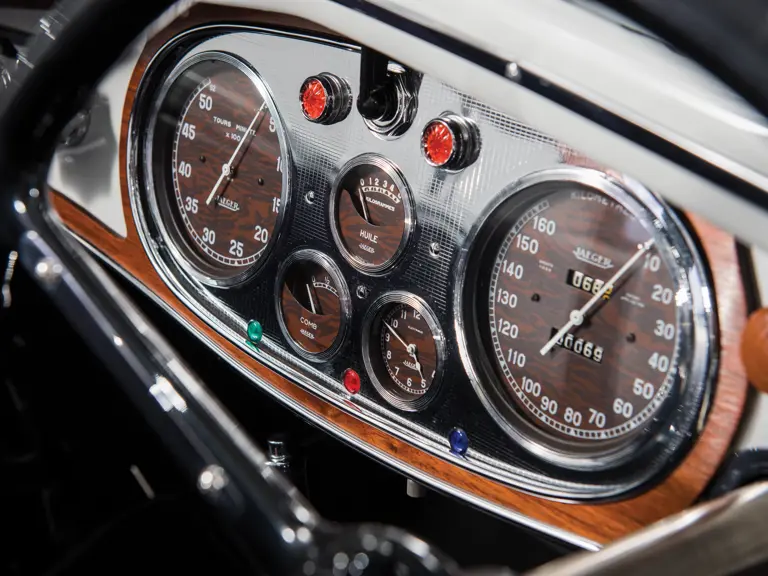
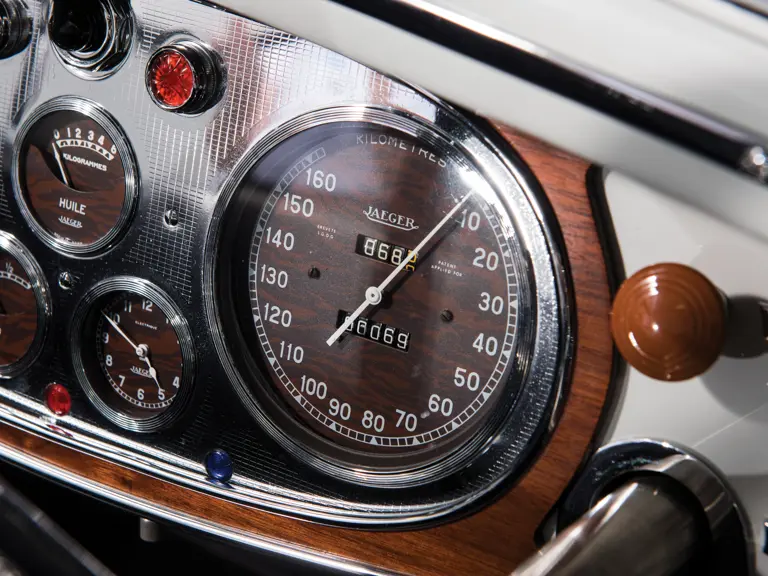
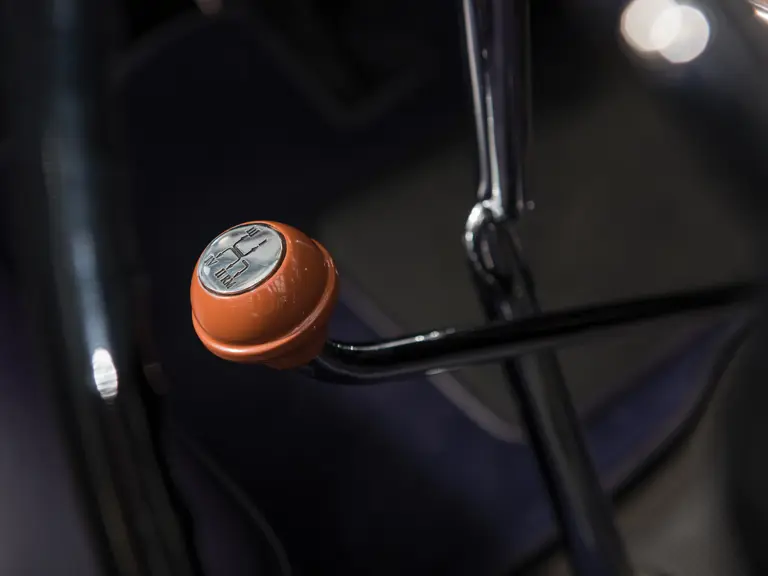
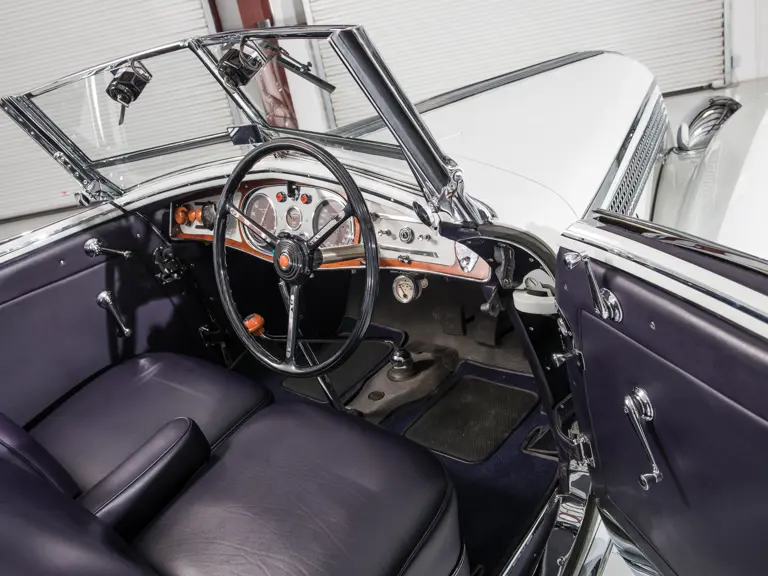
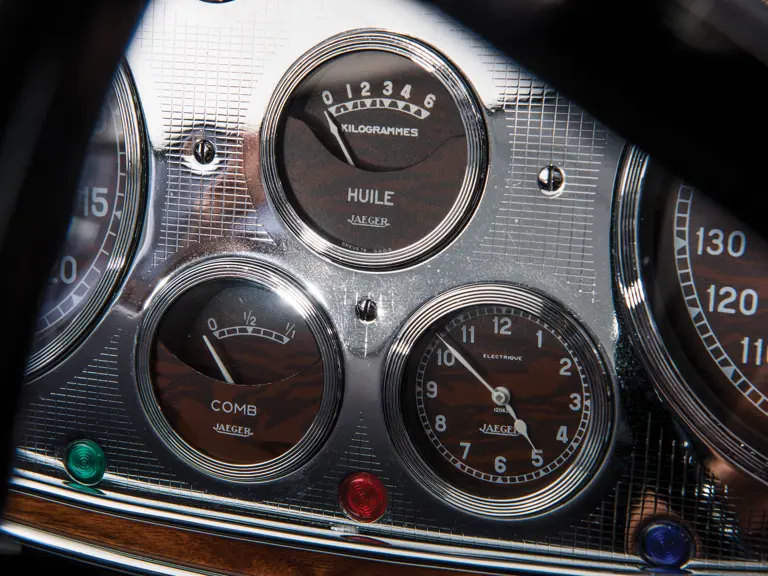
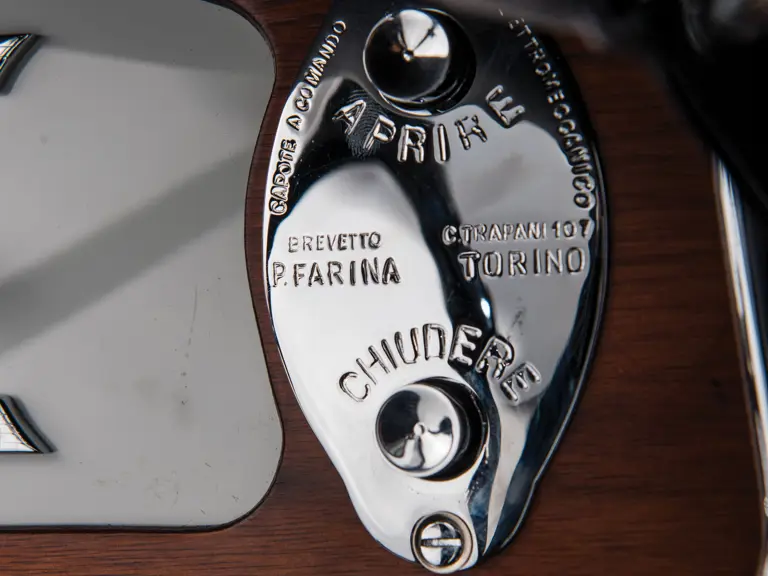
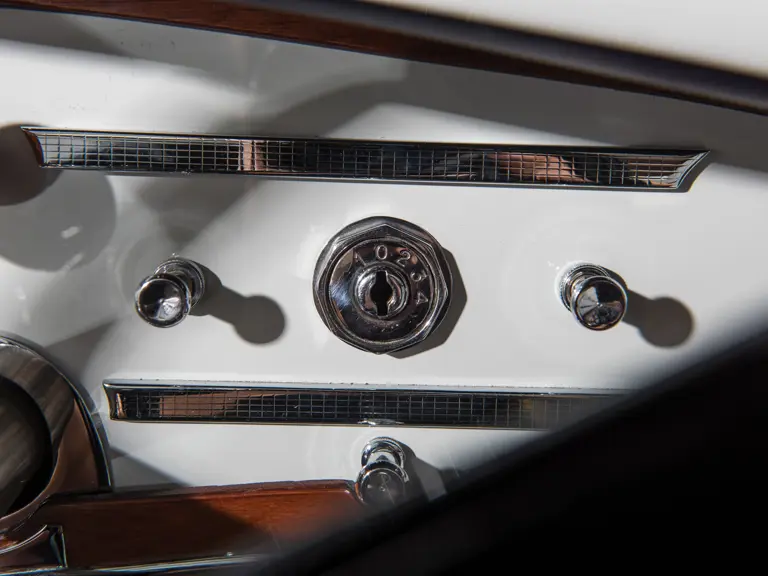
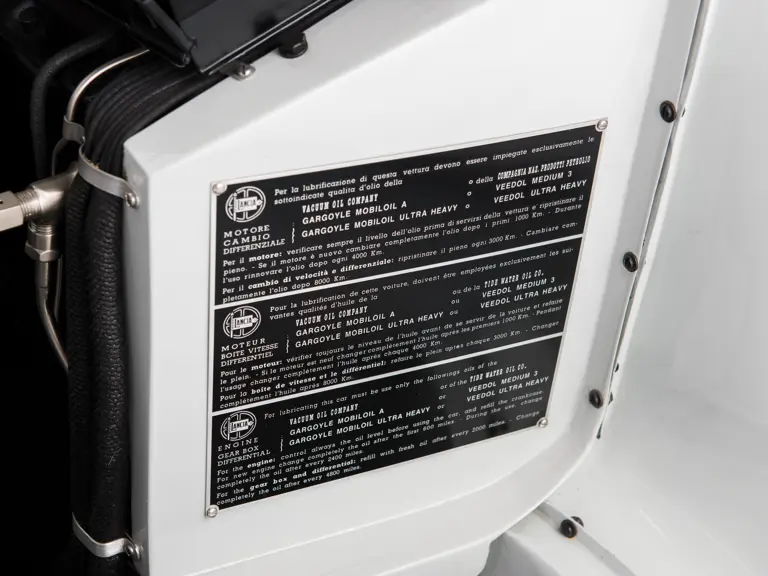
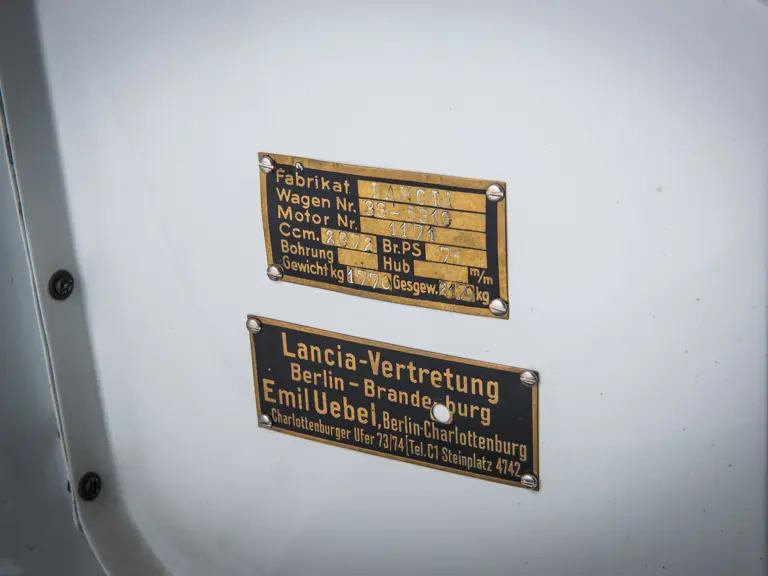
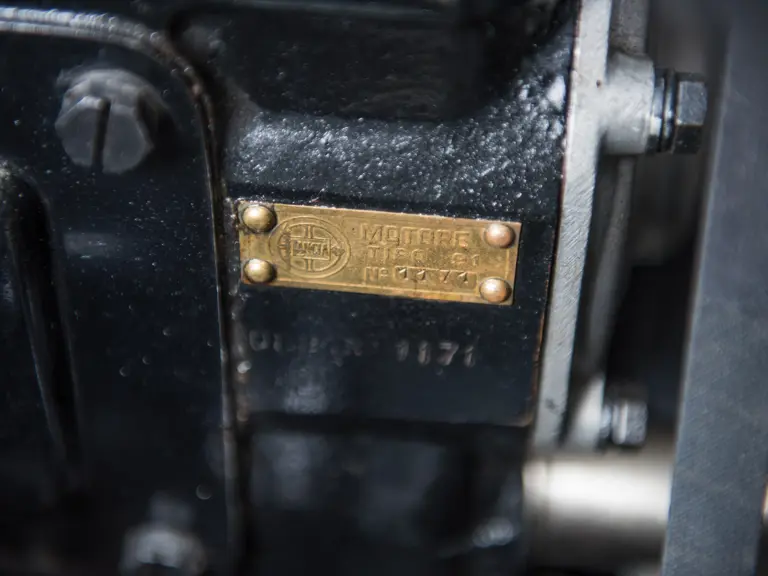
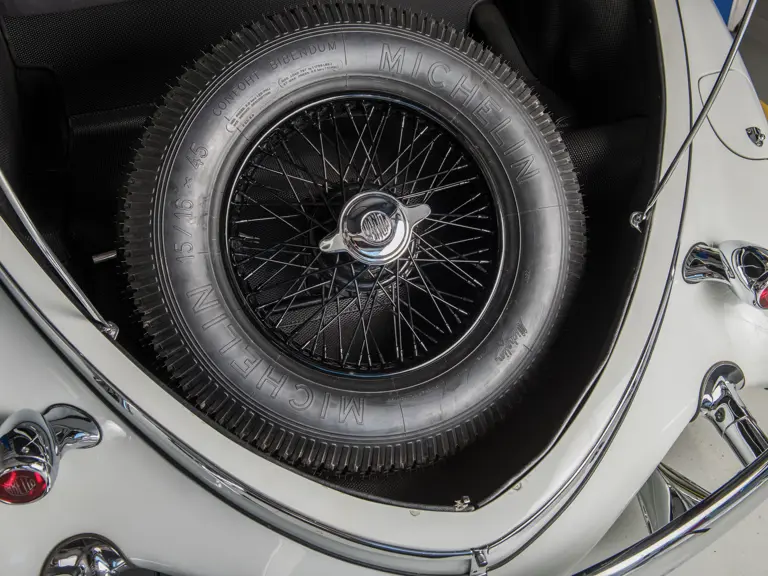
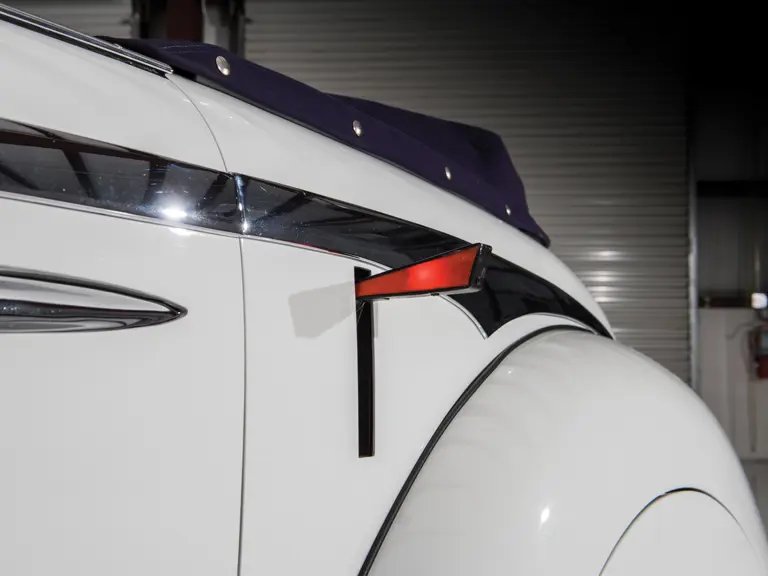
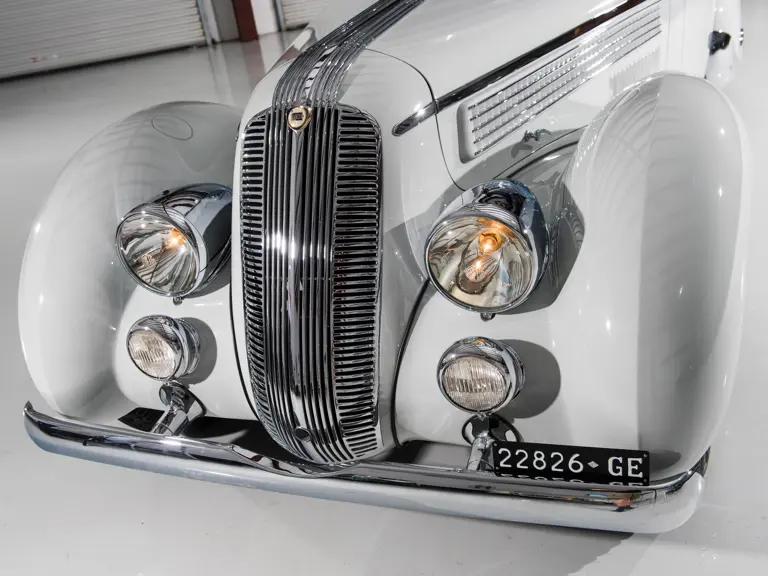
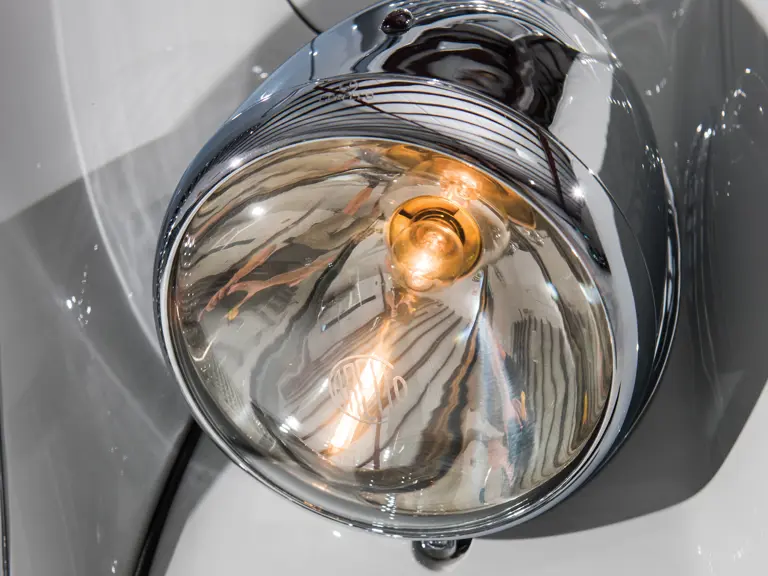
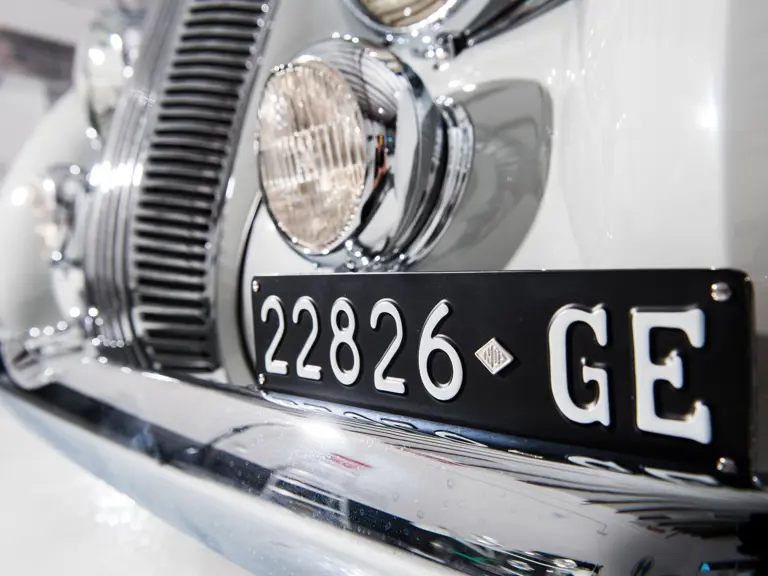
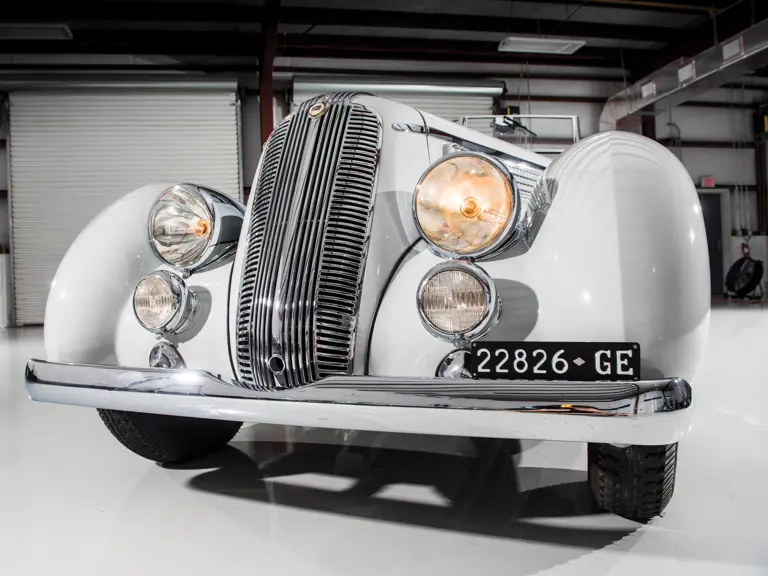
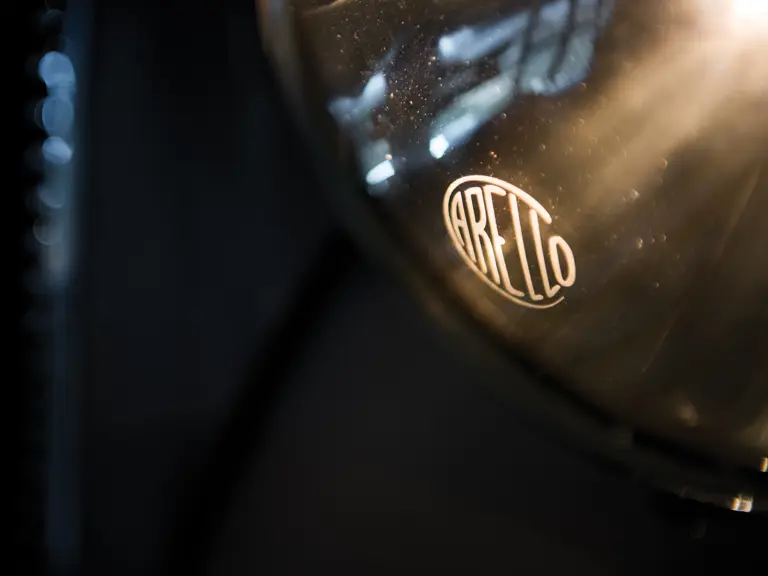
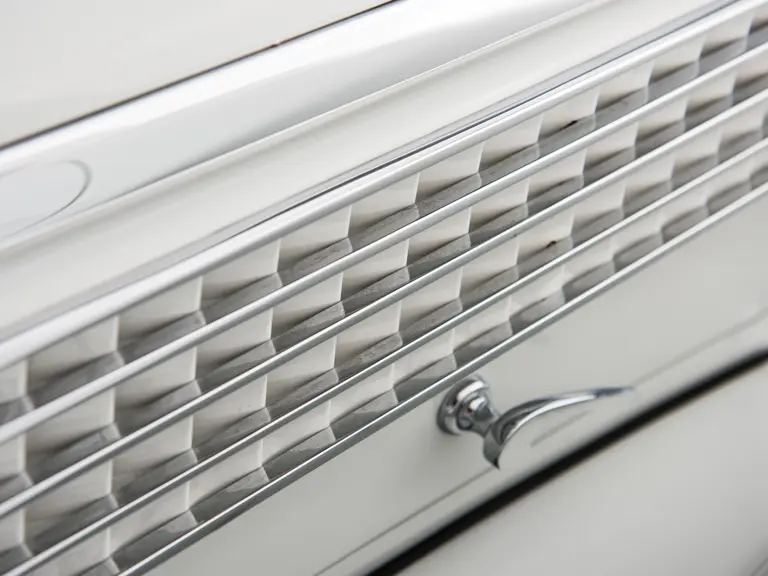
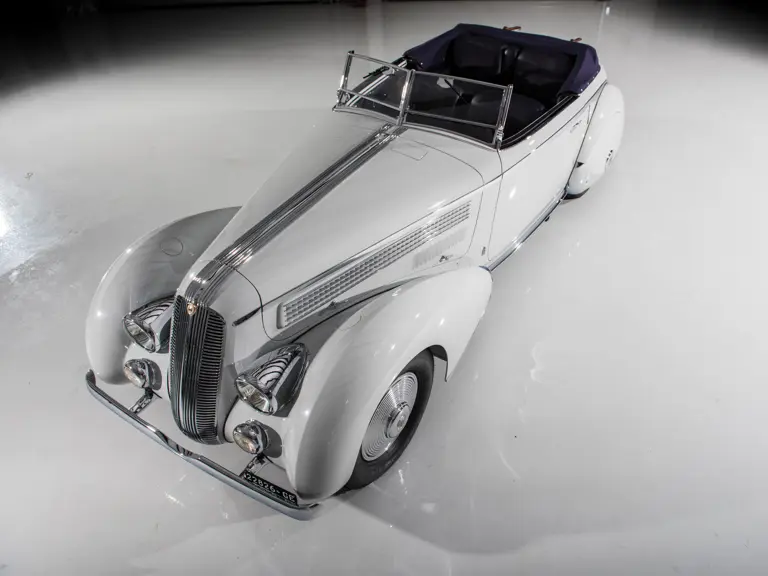
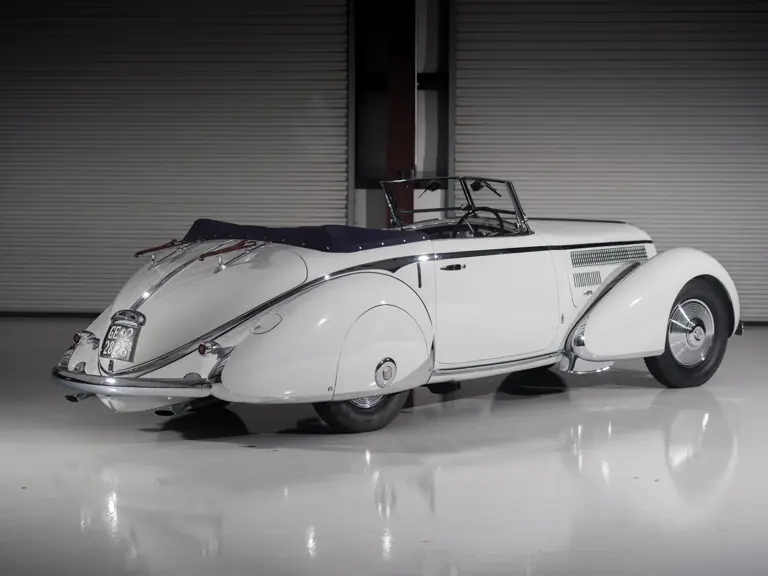

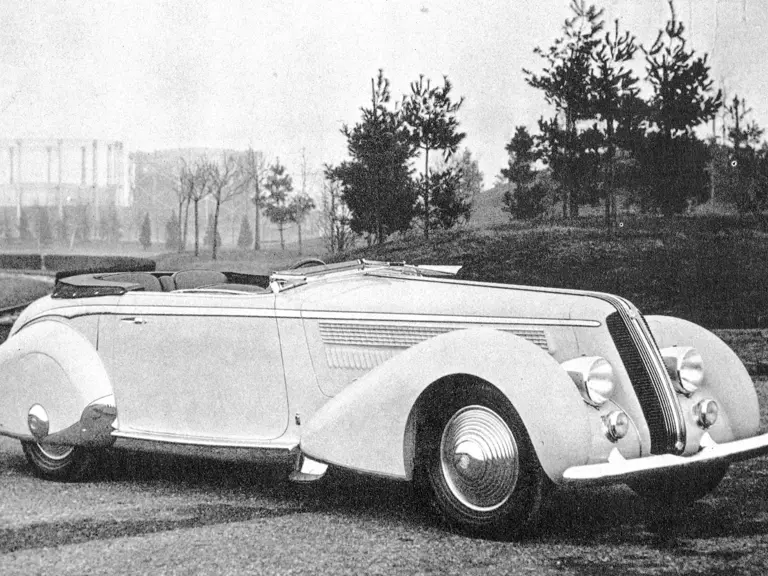

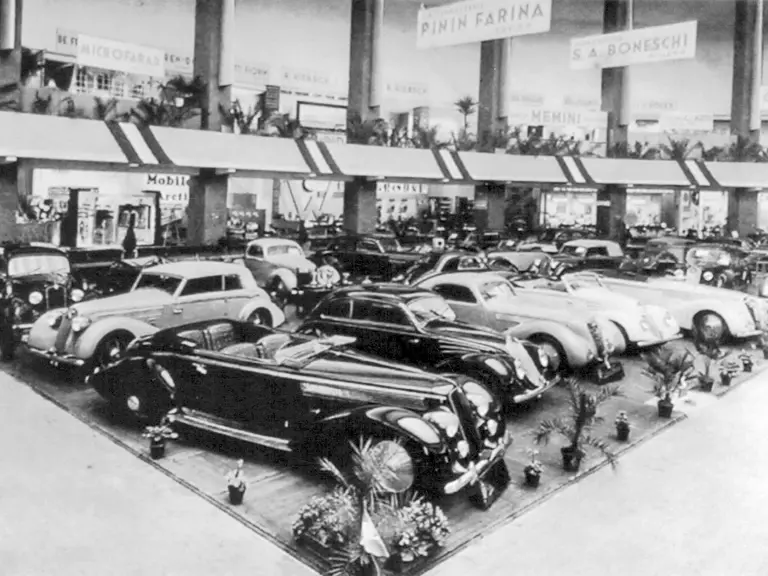
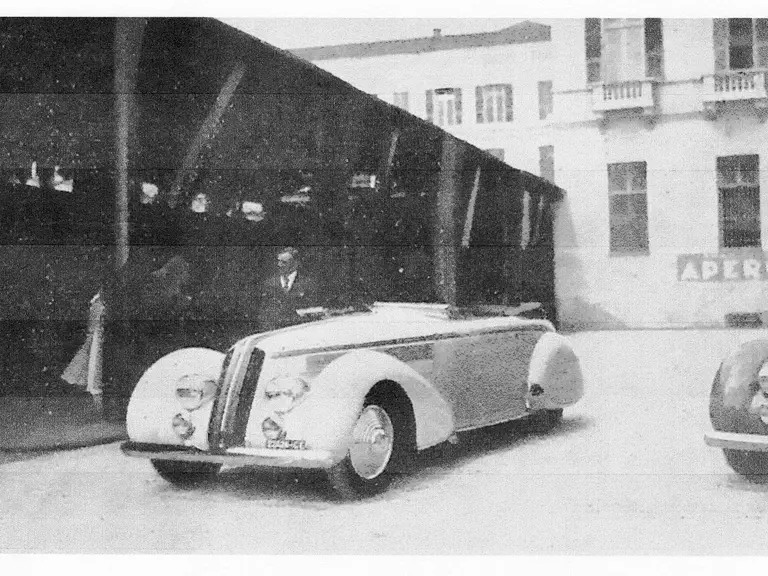
 | Amelia Island, Florida
| Amelia Island, Florida
